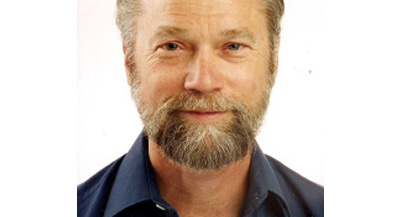Whatever we’re doing, it has an inner game and an outer game. And as Tim Gallwey pointed out in his books, the inner game holds the key to winning the outer game of our lives. Most of  us know from our own experience that our state of mind determines–whether helping or hindering–our inner and outer progress in life.
us know from our own experience that our state of mind determines–whether helping or hindering–our inner and outer progress in life.
So for the greatest leverage, our organizational engagement practices should emphasize perfecting and integrating our inner resources in the state that Abraham Maslow called self-actualization. When our inner resources are integrated–as Maslow’s research showed–we’re completely, unselfishly, and efficiently absorbed in whatever’s at hand. Thus we have an empirical and practical description of real-time inner engagement: the degree to which we are absorbed in whatever’s at hand. Without such a real-time measure, truly continuous improvement is not possible. The business case for inner engagement is obvious: Maslow’s research shows that self-actualizing people are living and working ‘at the top of their game’, both as reported by themselves and as observed by others. The ultimate goal of inner engagement practices is self-actualization or integration of all our inner resources in the zone-state.
Then since most people are focused on the outer world, we usually supplement this inner definition with that of behavioral engagement, taking this to mean all behavior intended to improve progress (in alignment with organizational objectives). While the goal of inner engagement is a state, the goal of behavioral engagement is a set of behaviors or actions in the outer game.
With these definitions of engagement, responsibility lies where it should be–with the individual. Things get even better if management then defines and supports an organizational ‘playing field’ in which everyone–line employees and management alike–can freely strive for self-actualization, or perfect engagement, and endlessly challenge themselves to improve and progress no matter what task or role is at hand, and no matter whether the challenge is personal or organizational. Whatever they can do to dissolve limitations–and in particular to decrease the strength of their complexes, negative habits, and other limitations–all apparently absent in the ‘zone-state’ of peak performance–will help deepen engagement, contribute to improving performance and fulfillment, and approach the ‘zone’ of peak performance. With self-actualization as the unending motivator, this approach can quickly relieve management of the need for carrot-and-stick motivation, and decrease the friction and distrust commonly experienced between employees and management.
The crux of this approach is the “peak performance principle” that the most effective way to do anything is to just “get into it’, get completely absorbed in whatever’s at hand.
With this central principle, we have an approach to optimal work and peak performance which fosters a natural, unimposed meeting ground for both personal fulfillment and organizational results, and which inspires people toward peak performance, self-actualization, and optimal well-being–all at the same time.
Intrigued? Click here to read more.
Author: Stephen Randall
A Woodrow Wilson Fellow with a Ph.D. in East-West psychology. Co-founder of the Time, Space, and Knowledge Association.




